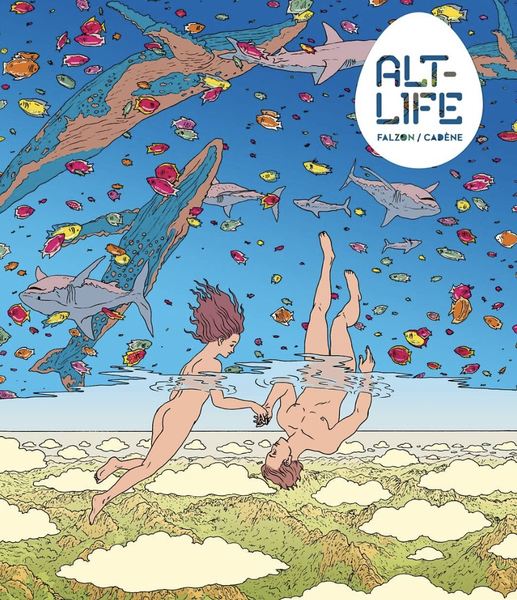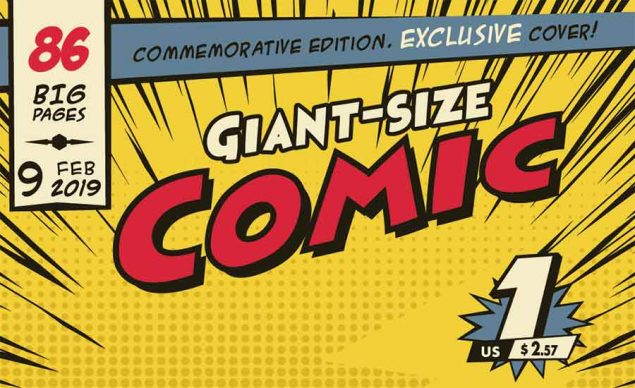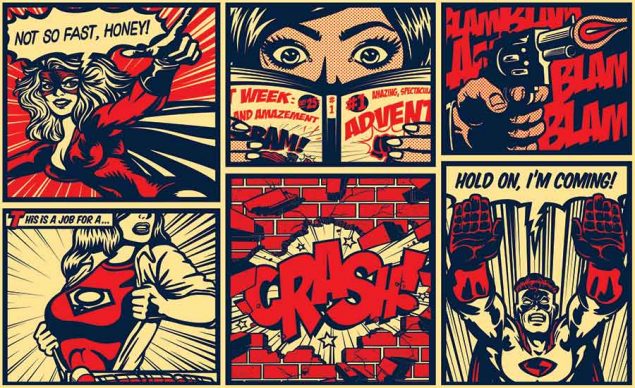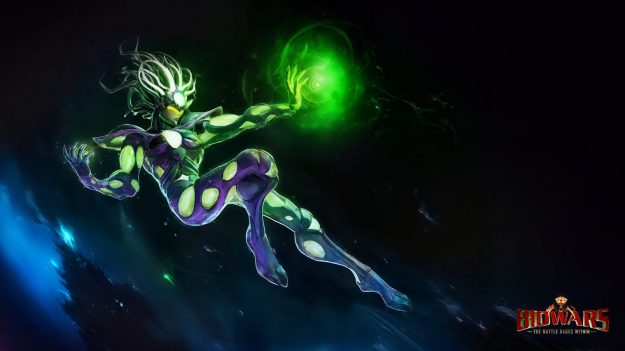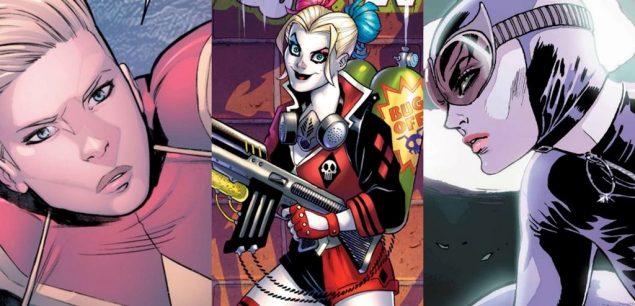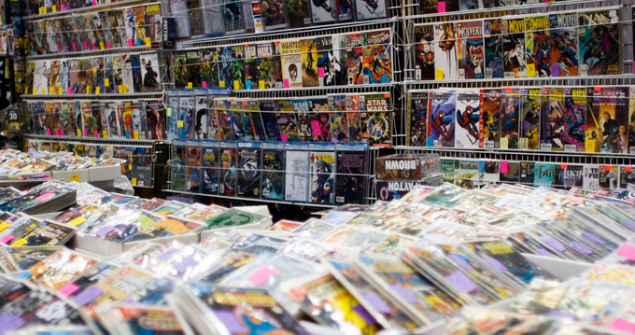Related Resources
Joseph Falzon is a French comic book artist best known for his work on Alt-Life and Alt-Life 2 — comic books in which protagonists leave the dying Earth and move to a virtual world shaped by their desires in which almost anything is possible.
Falzon also shares humoristic drawings on his Instagram profile in which he often depicts real-life ironic experiences.
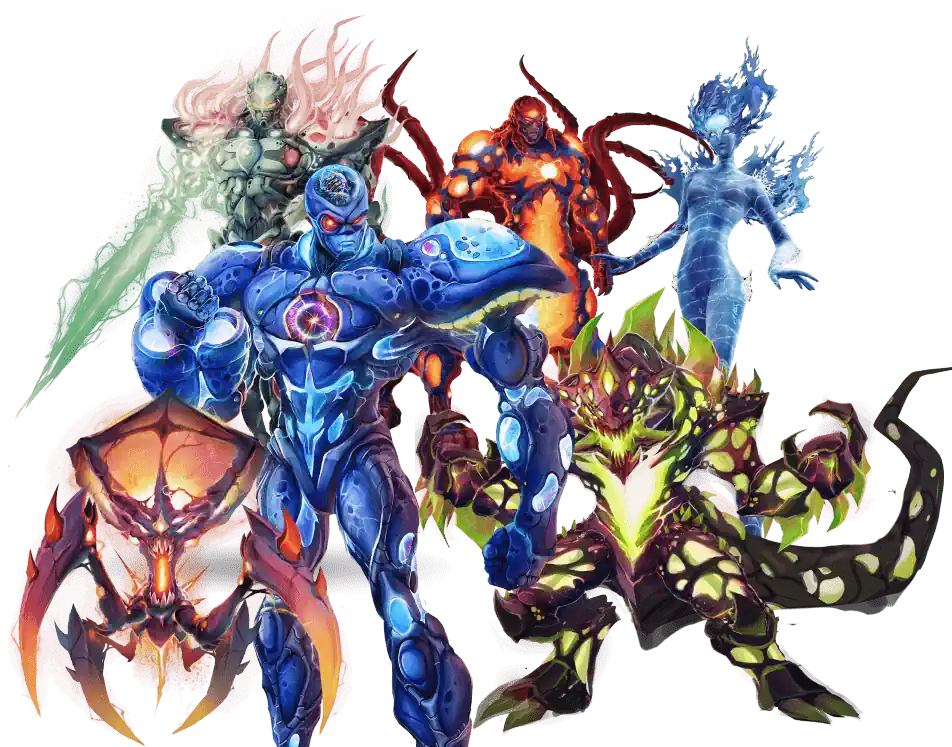
1. Joseph, your art on Instagram often depicts everyday-life experiences with a big dose of humor and sarcasm. How different is the process of creating art for yourself from doing commissions?
The comics I post on Instagram are a breath of fresh air compared to my commissioned work and my comics.
When you’re working on a commission, you have to respect the client’s wishes. On the other hand, when you’re doing a 150 or 200 pages comic book, you have to maintain a certain style and not let your drawing vary too much. That can be tiring.
When I draw the little stories I share on my Instagram page, the process of creating them is very quick. I don’t do penciling, so the drawings are a bit dirty and twisted. It’s really good for me to draw without trying to have a nice drawing as I find it relaxing.
View this post on Instagram
2. What did the process of drawing for Alt-Life and Alt-Life 2 look like? How much artistic freedom did you have in the process?
To understand the process of drawing Alt-Life, I have to take you back to the origins of the project.
A few years ago, I used to fill a lot of notebooks with doodles and drawings I would make without thinking. Among these very dynamic and lively drawings, there were many naked characters and drawings of a sexual nature.
Thomas Cadène, the scriptwriter of Alt-Life, saw them and thought it would be good to write a script for them. So, he set about writing a pornographic script. The plot was already set in virtual reality and it revolved around characters who could do whatever they wanted in this VR world, but everything was very sexual and funny.
We presented this script to the Le Lombard publishing house in France. They told us that they couldn’t publish the story, but that there was something to explore within this virtual reality scenario. So, Thomas rewrote the story which became much more philosophical than before.
For the first version of Alt-Life, we wanted to go with very free and lively drawings, but that style didn’t fit this new version. That’s why we decided to go for a much colder and more rigid drawing to emphasize the unreal side of this virtual world.
View this post on Instagram
3. We noticed that the backgrounds in both Alt-Life and Alt-Life 2 are intricate, whereas your characters are simpler and almost minimalist in contrast. Is that a deliberate choice? And, if so, why did you choose to create such a stark contrast between the two elements?
Yes, I used a different approach for the characters and the settings.
The settings are the fruit of the characters’ imagination, so we wanted to use a lot of details to make the virtual world seem as realistic as possible to the characters.
On the other hand, the characters are uncomfortable in this virtual world, which is why we opted for a minimalistic approach when designing them. It’s as if the characters are a bit shy or indecisive in the way they represent themselves.
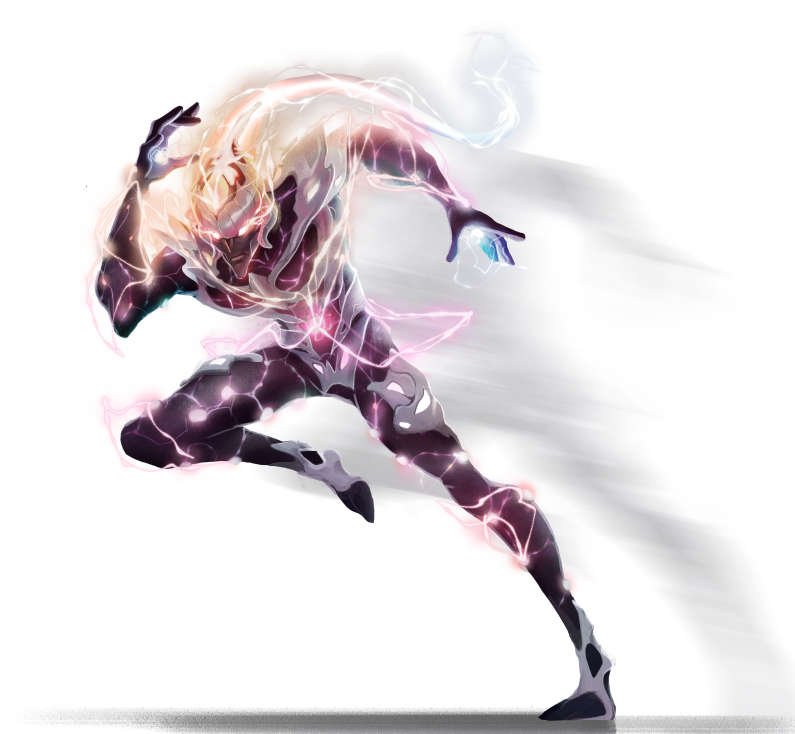
4. Marie Galopin did the colors on both Alt-Life 1 & 2. What did your collaboration with her look like? Do you get a say in the coloring process?
We gave Marie a lot of freedom in the choice of colors.
We simply told her that we wanted to achieve a clean and a bit unreal look.
Our major influence was the comic book Le Monde D’Edena by Moebius in which he uses clear lines and flat colors, and we wanted to achieve the same look in Alt-Life.
View this post on Instagram
4. Another staple in your portfolio is the poster you made for BD 2020 France Loves Comics depicts the process of creating a comic book. What would you say is the most challenging part of making a comic and why?
Making a comic book takes time.
You have to find a way to not get bored of going with the same style of drawing for several months… That can be tiring.
View this post on Instagram
6. Your linework is unique and recognizable; it looks fluid and effortless. How did you develop your authentic style?
I draw a lot. For years, I drew daily in my notebooks.
I tried different drawing techniques using felt-tip pens, Indian ink, brush, charcoal and acrylic paint. I also experimented with various styles.
Today, I realize that what I prefer is not having to spend too much time creating a drawing. I like it when I can do it fast. If an illustration takes me too long, I get bored and the drawing becomes bad and dull.
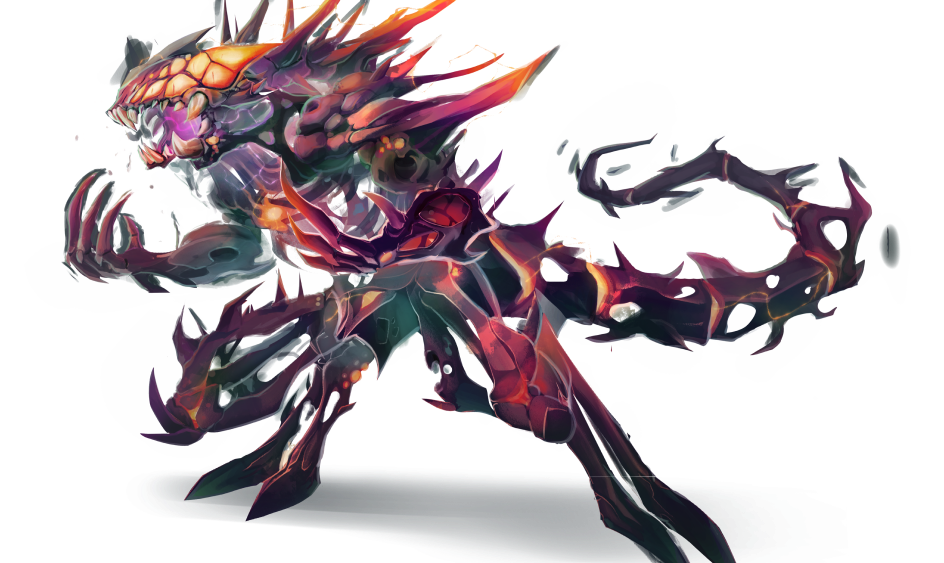
7. What were your biggest artistic influences as you developed your craft?
As a teenager, I was very influenced, like many people of my generation, by Katsuhiro Otomo’s Akira and by the drawings of Moebius.
I also drew inspiration from the whole generation of alternative comics that emerged in France in the early 2000s and the authors such as Joann Sfar, Winshluss, Mathieu Sapin, Frederik Peeters, Christophe Blain, Nicolas De Crécy and Dave Cooper.
Today, as far as the humorous comics on my Instagram go, I think that I am influenced by authors like Gotlib, Fabcaro, Edika, Philippe Vuillemin, Reiser, Julie Doucet and Philippe Valette.
8. Some of your drawings are hand-drawn, while the others are digital. What medium do you prefer when working on a comic book and why?
I hardly draw on paper these days.
In 2018, I switched to drawing on an iPad and that helps me be freer when drawing.
Now, when I’m working on a comic, I do drawings on my tablet. Then, I choose the one I like the most, copy/paste it and put it on the final board. Working on a tablet allows me to not do too much penciling and to create free and lively drawings.
9. What’s your advice to readers looking to become comic book artists?
You have to like drawing.
And you don’t have to read the same comics all the time. Be curious, read even the things that you don’t necessarily like at first. That allows you not to get stuck on one style.
For those who have the possibility or the means, it’s good to be able to go to an art school. That experience allows you to meet lots of different people who will help you discover new artists and styles.
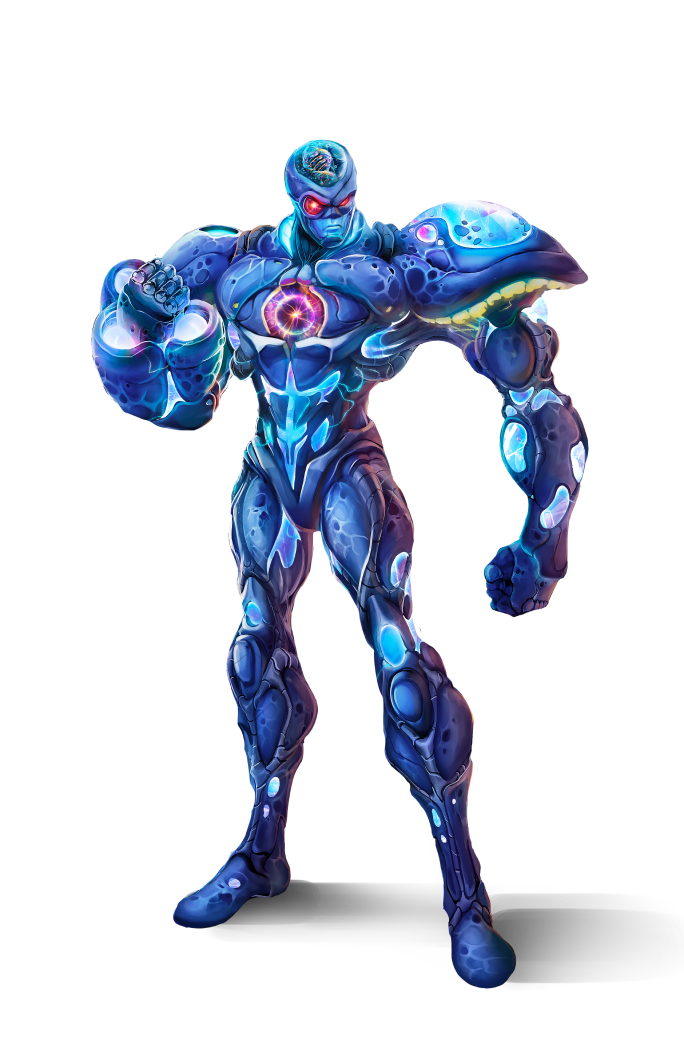
10. Can you reveal to us what project will you work on next?
I released a comic book Les Animaux Dénaturés last August.
It was written by Hélène Bruller and, at the moment, it’s only available in French, sorry!
My next comic will be a collaboration with a journalist, but I’m not sure I’m allowed to reveal the subject right now.
I have other projects coming up and one of them, hopefully, will be my own humoristic comic book! The plan is to create it in the style you see on my Instagram page.
Thank you for doing this interview with BIOWARS, Joseph! It was so good to welcome you to BIOCOSMOS. See you soon!
If you’re interested in getting to know other comic book artists, check out these interviews with Sean Damien Hill, Anthony Carranza, Lucius Cross, Gonçalo Lopes and Chrigel Farner. You can also take a look at artist profiles, including Jack Kirby and Jim Lee.

